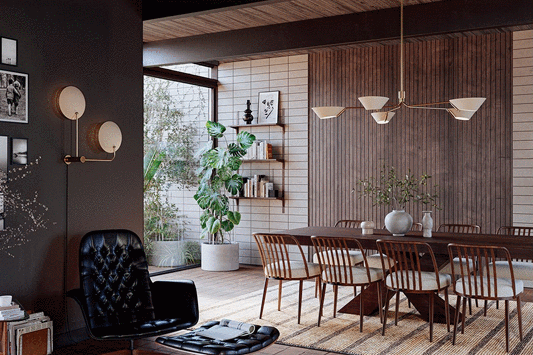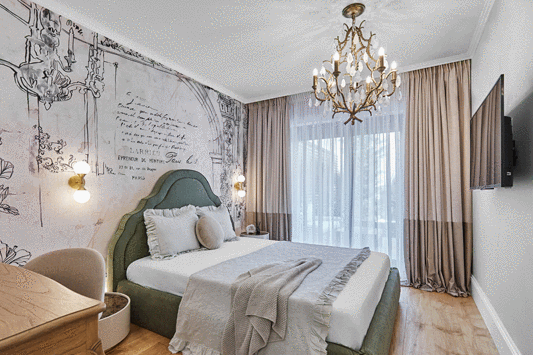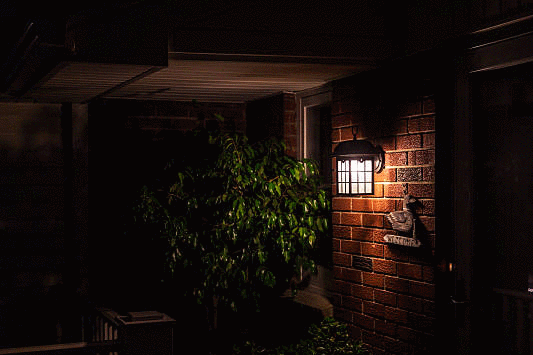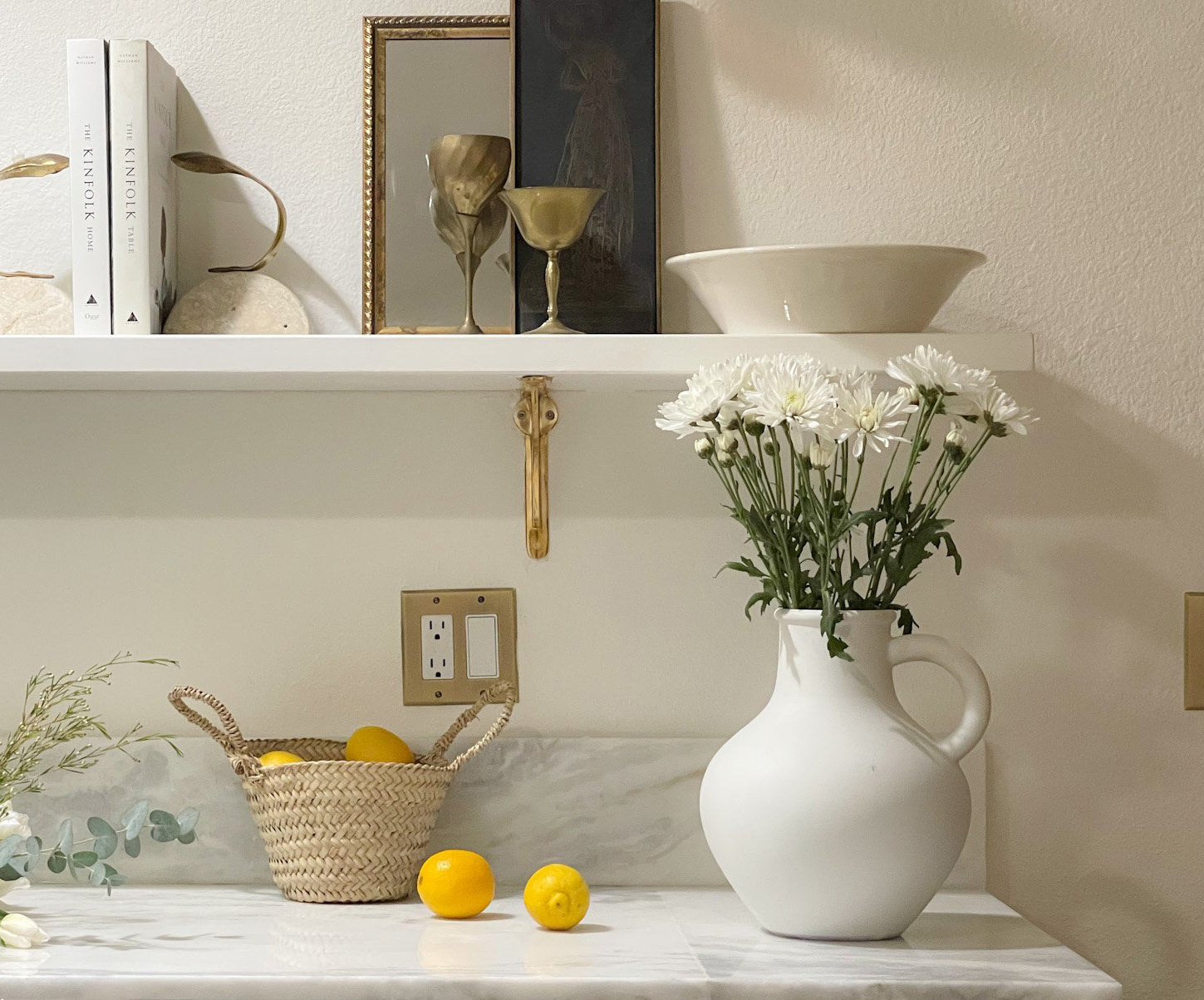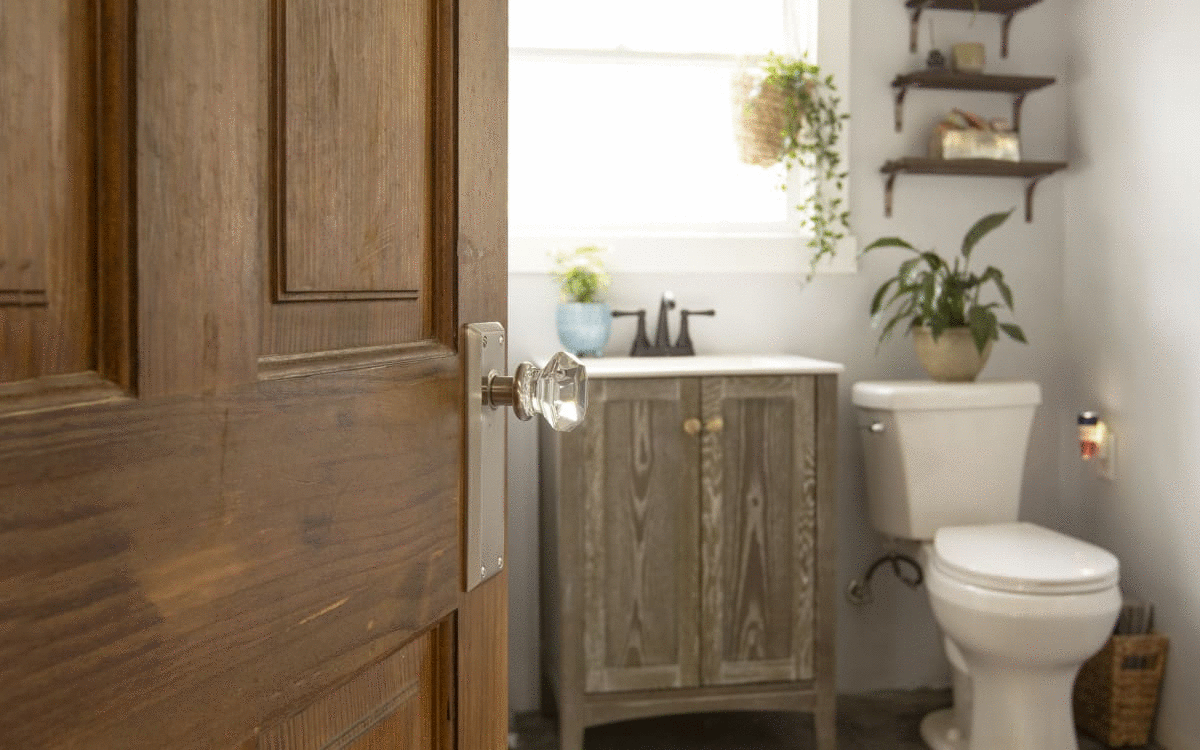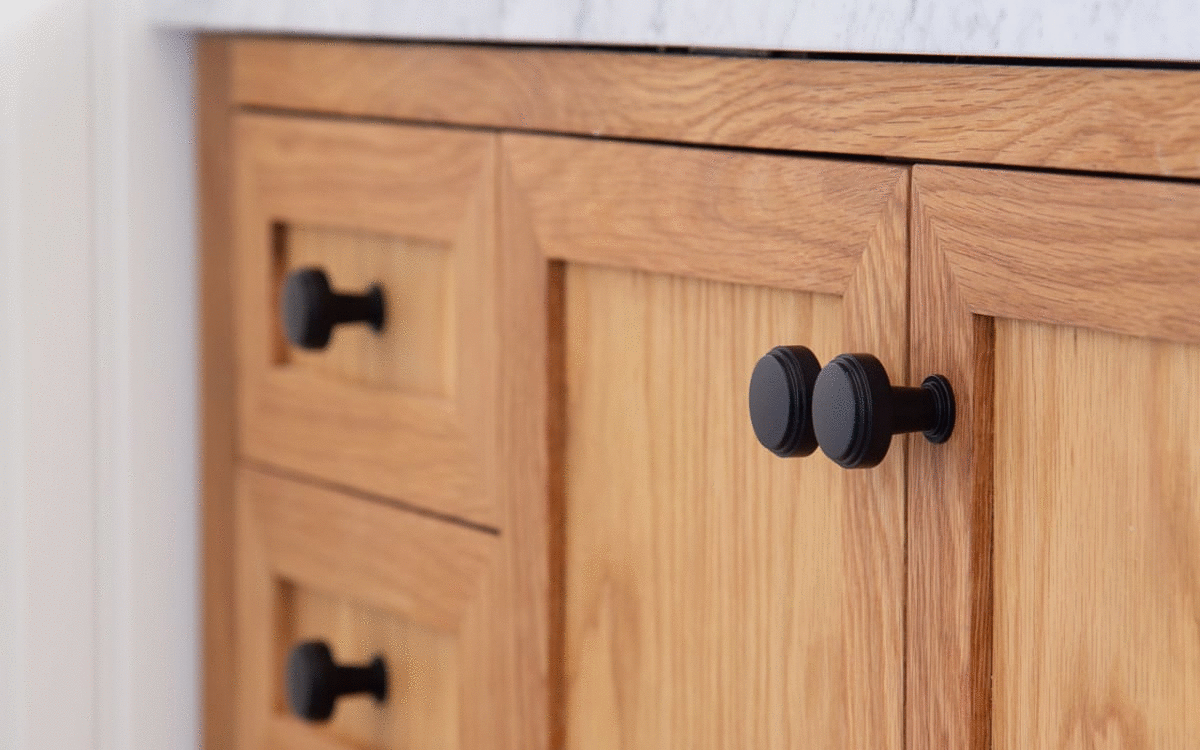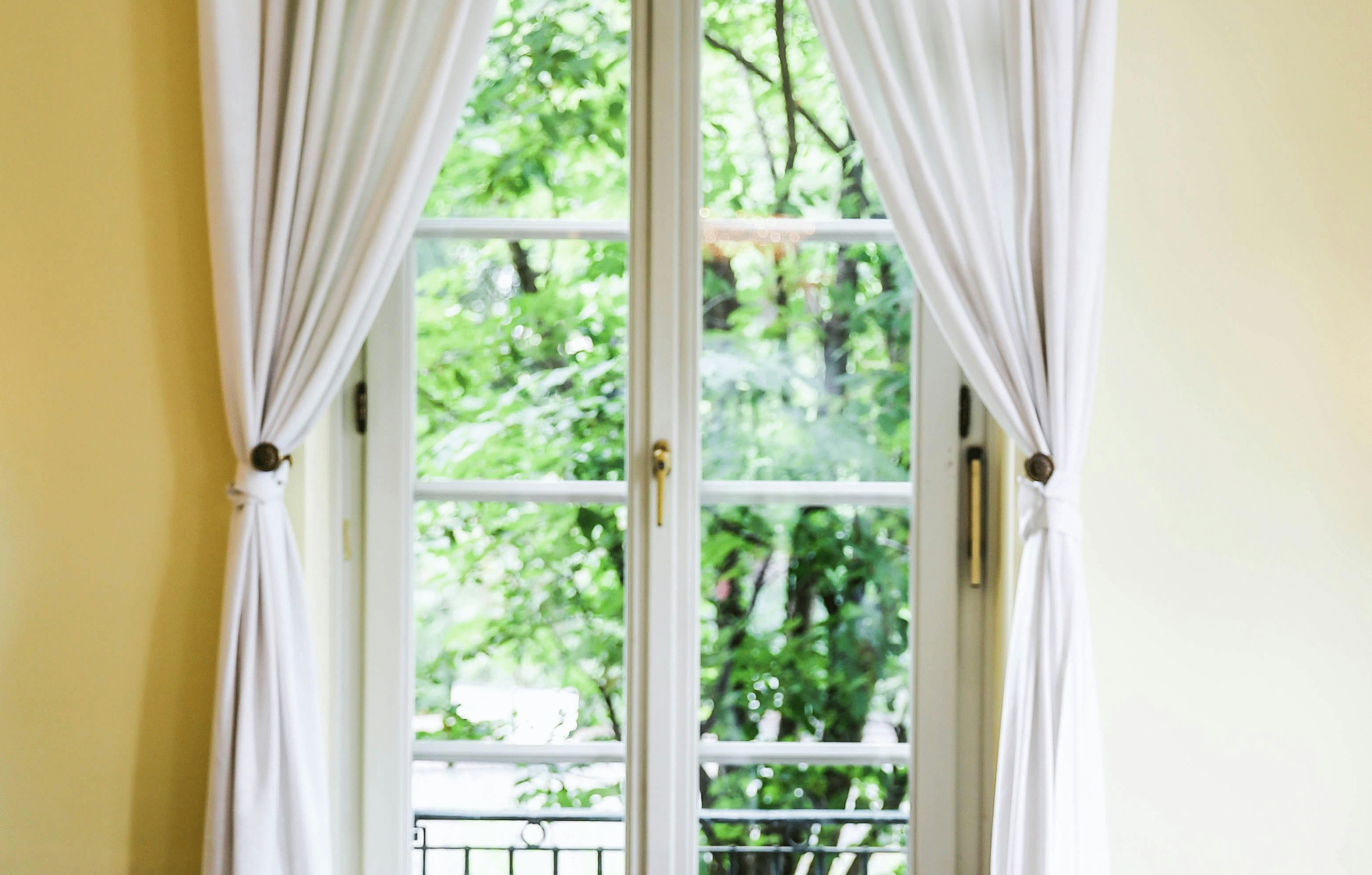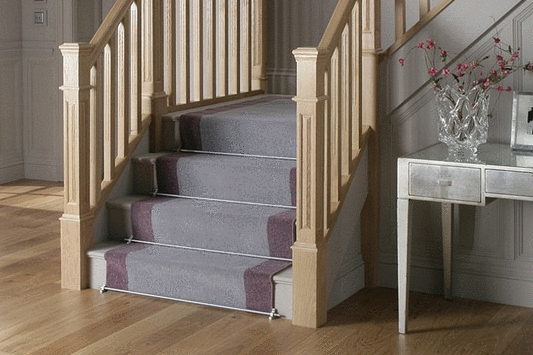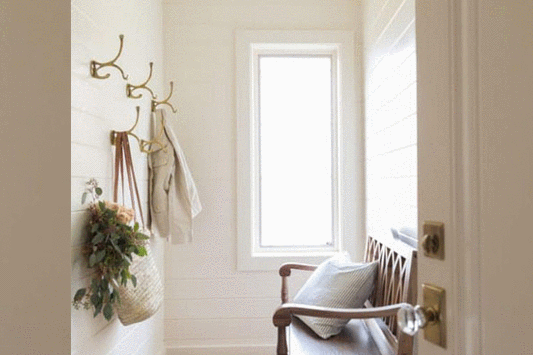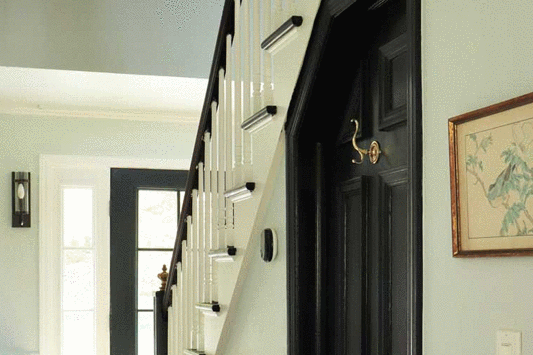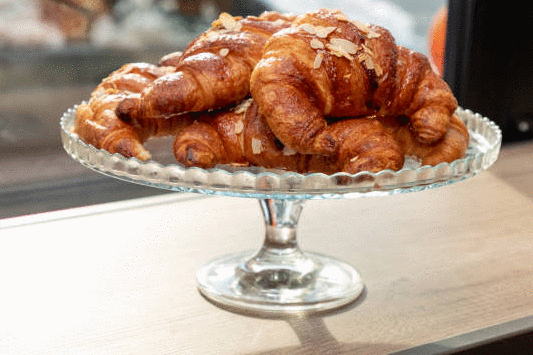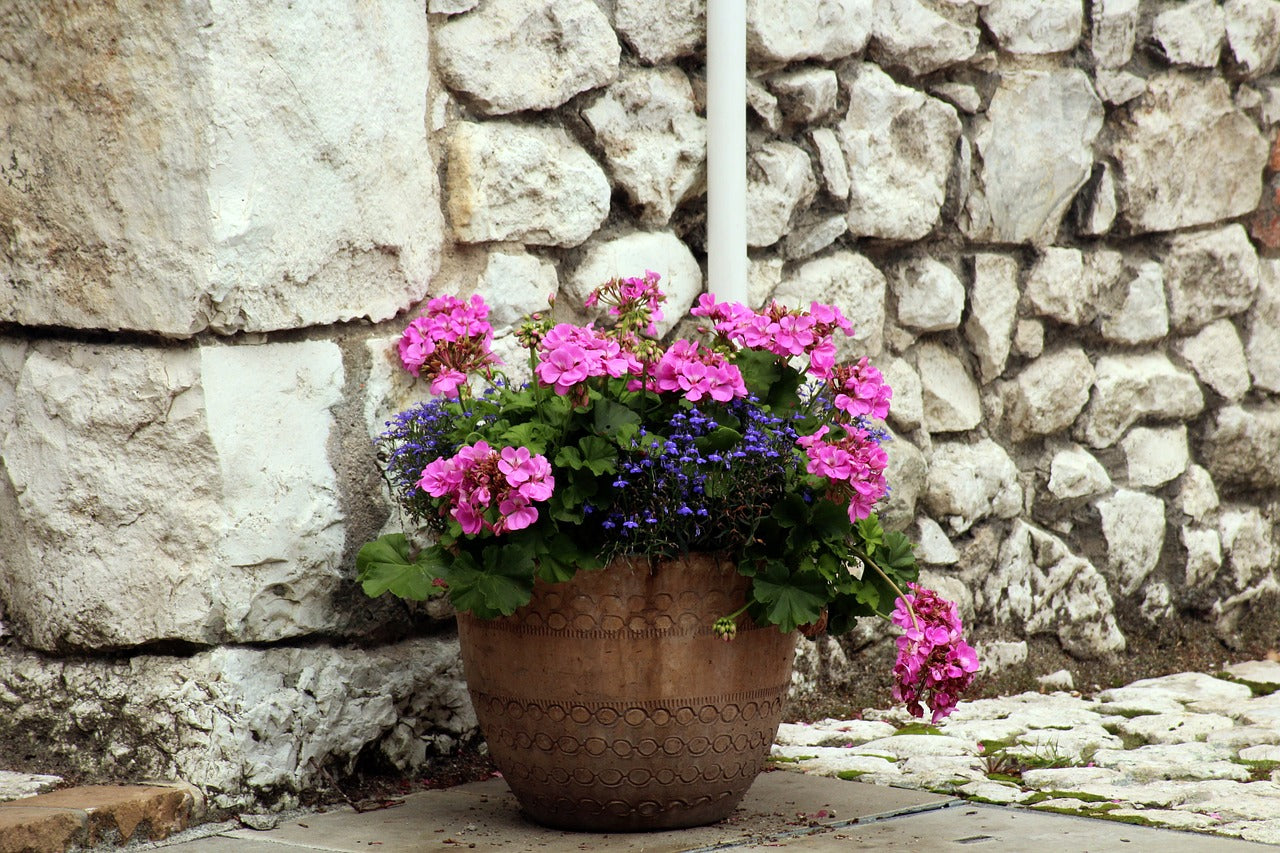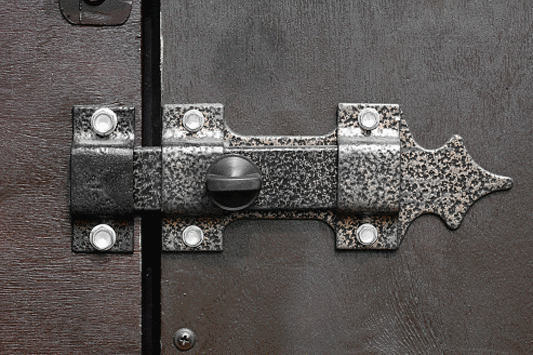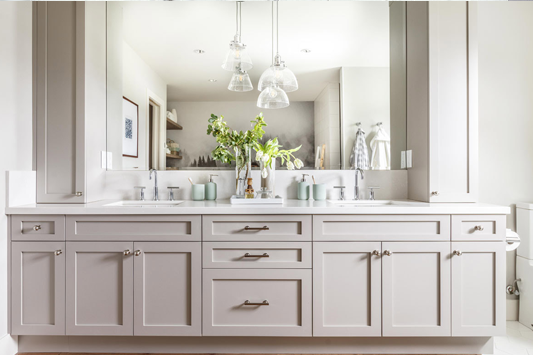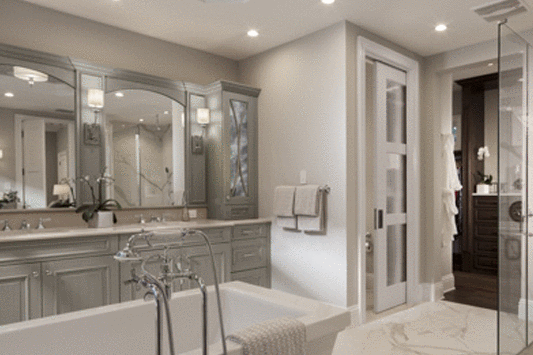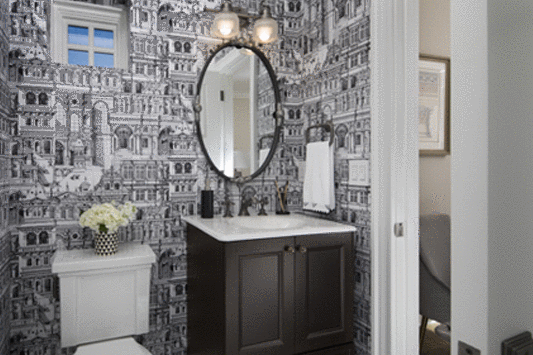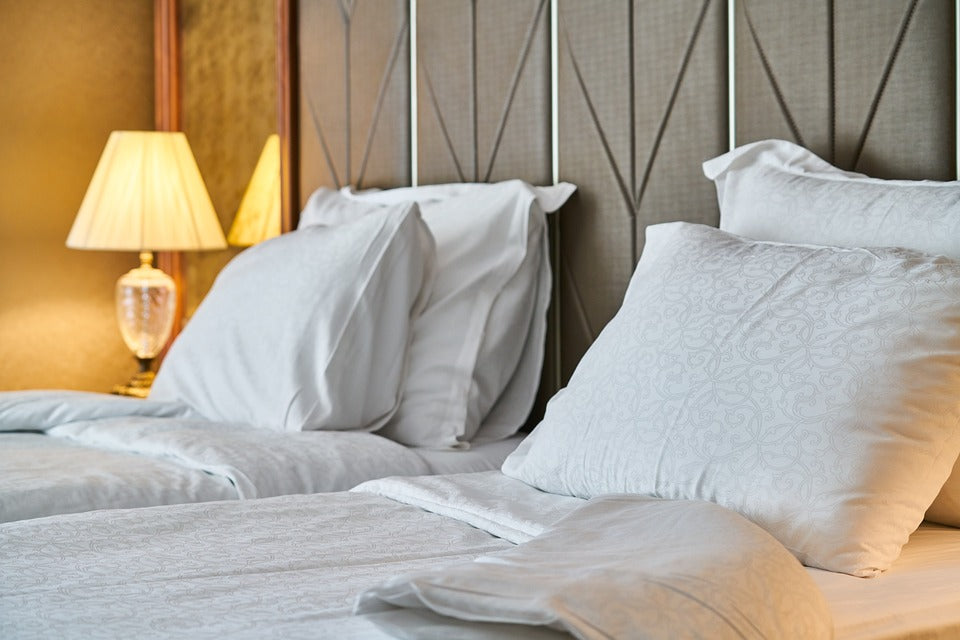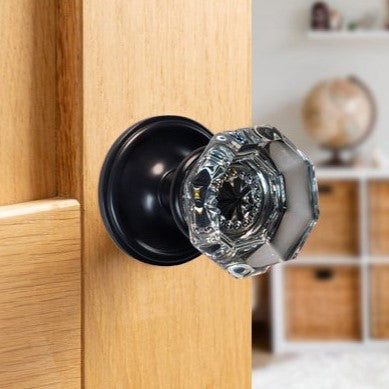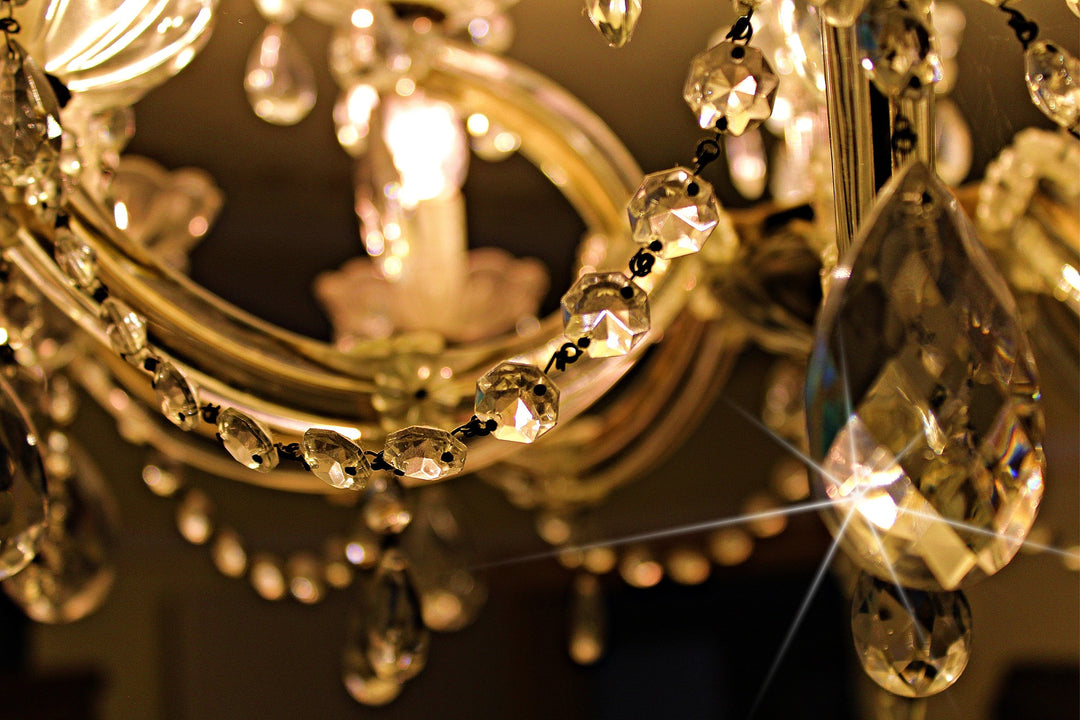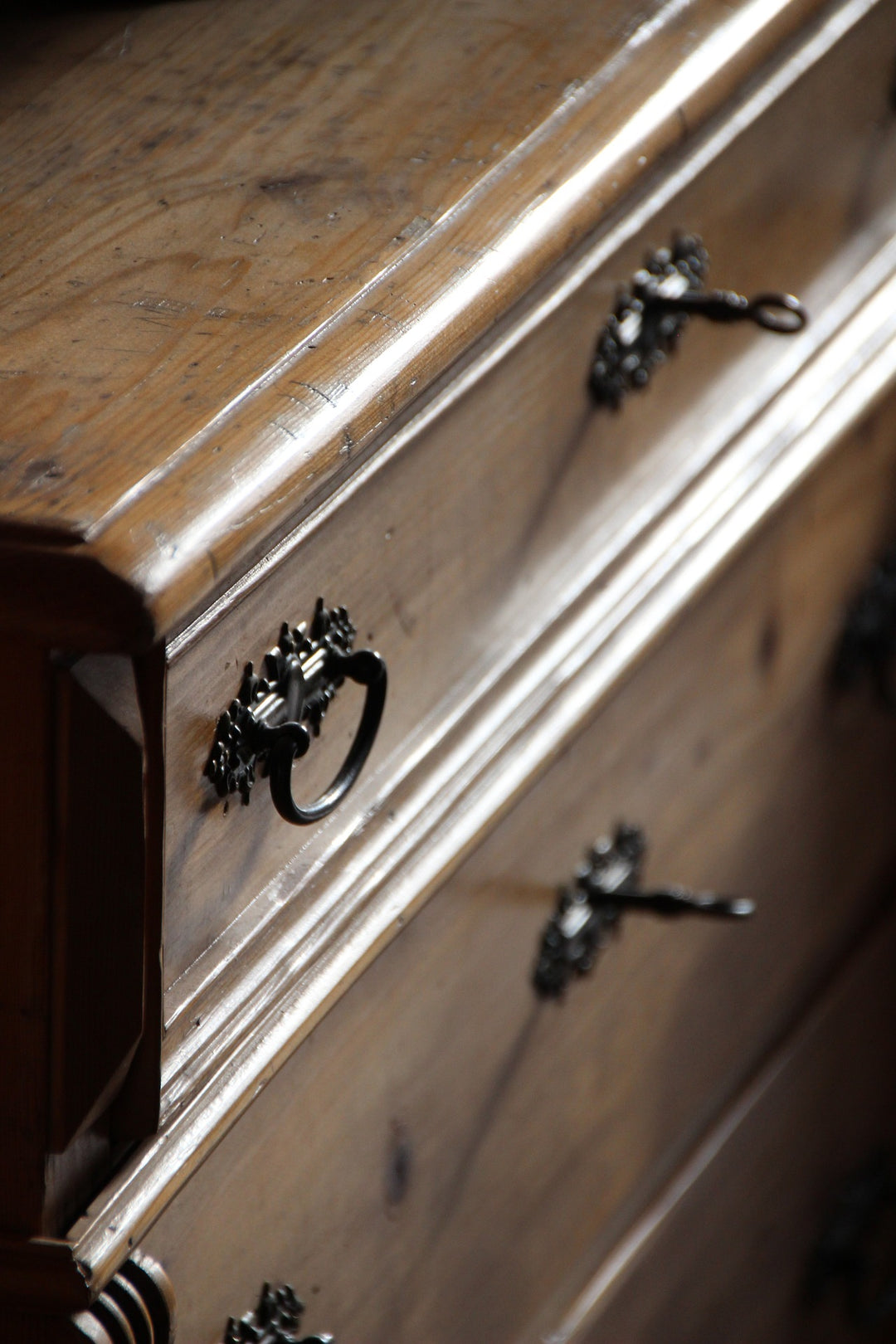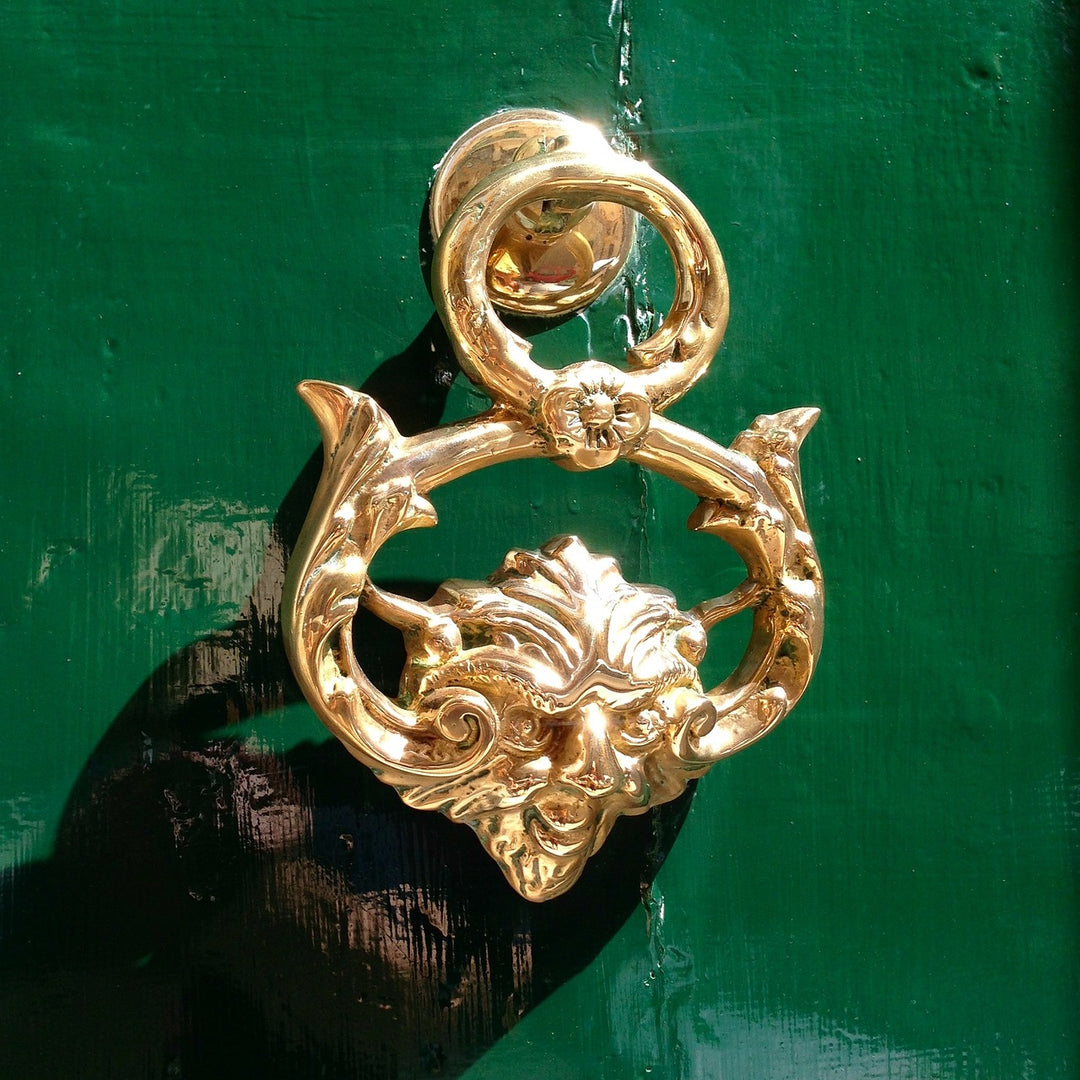Collecting Antique Locks
Collecting antique locks is a fascinating hobby that combines history, craftsmanship, and a touch of mystery. These intricate mechanisms not only served as security devices but also reflect the technological and artistic advancements of their time. As with any collectible, understanding the nuances of antique locks is essential for building a meaningful and valuable collection.

The Historical Significance of Antique Locks:
Locks have been an integral part of human civilization for thousands of years. The earliest known locks date back to ancient Egypt and Mesopotamia, where they were used to secure storage rooms and treasure chests. These early locks were often made of wood and featured simple mechanisms. Over time, lock technology evolved significantly. During the Roman Empire, metal locks became more common, incorporating more complex mechanisms such as wards and keys with distinctive shapes to increase security.
By the Middle Ages, European locksmiths had developed intricate designs, including the use of iron and steel, making locks not only functional but also decorative. The Renaissance period saw further advancements, with locksmiths producing highly ornate locks that were often commissioned by royalty and the wealthy elite. Each era of lock design offers a unique glimpse into the technological and artistic achievements of the time.

Types of Antique Locks:
There are several types of antique locks, each with its own unique characteristics and history. One of the earliest types is the warded lock, which uses a series of obstructions (wards) that prevent the lock from opening unless the correct key is used. These locks were commonly used from the medieval period through the 19th century.
Another type is the lever tumbler lock, which was invented in the 18th century and became widely used in the 19th century. This lock uses a set of levers that must be lifted to a specific height to unlock. The padlock, which has been used for centuries, is another popular type of antique lock. These locks are portable and were often used to secure gates, chests, and doors. Each type of lock has its own unique appeal and can provide insight into the technological advancements of its time.

Key Makers and Innovations:
Several key figures and innovations have shaped the history of lockmaking. One of the most notable locksmiths was Robert Barron, who invented the double-acting tumbler lock in 1778. This design significantly improved the security of locks by requiring the lever to be lifted to a precise height. Another significant figure was Linus Yale Sr., who, along with his son Linus Yale Jr., developed the pin tumbler lock in the mid-19th century. This design, which is still widely used today, revolutionized the lock industry with its simplicity and effectiveness.
The Bramah lock, invented by Joseph Bramah in 1784, was another groundbreaking design. It was considered virtually unpickable and remained a benchmark for security for many years. Understanding the contributions of these and other innovators can provide valuable context for collectors and help them appreciate the significance of their pieces.

Identifying and Authenticating Antique Locks:
Identifying and authenticating antique locks requires a keen eye and knowledge of historical details. Key factors to consider include the materials used, the design and construction techniques, and any maker's marks or inscriptions. Antique locks were typically made from iron, brass, or steel, and the quality of the craftsmanship can be a good indicator of authenticity.
Maker's marks, which are often found on the key or lock body, can provide valuable information about the origin and age of the lock. Additionally, understanding the common designs and features of locks from different periods can help collectors identify authentic pieces. Consulting reference books, online databases, and experts in the field can also be invaluable in the authentication process.

The Art of Restoration and Preservation:
Restoring and preserving antique locks is an important aspect of collecting. Proper restoration can enhance the appearance and functionality of a lock, but it must be done carefully to avoid damaging the original materials. It is important to clean locks gently, using non-abrasive methods and appropriate cleaning solutions.
In some cases, it may be necessary to replace missing or damaged parts, but this should be done using historically accurate materials and techniques. Preservation involves protecting locks from environmental factors such as humidity and temperature fluctuations, which can cause rust and other forms of deterioration. Proper storage and display, including the use of desiccants and climate-controlled environments, can help ensure that antique locks remain in good condition for future generations.

Building and Curating Your Collection:
Building a collection of antique locks can be a rewarding and challenging endeavor. It is important to start by educating yourself about the different types of locks, their history, and their value. This can involve reading books, attending auctions and antique shows, and joining collector clubs and online forums. When acquiring locks, it is important to buy from reputable dealers and to carefully examine each piece for authenticity and condition.
Building relationships with other collectors and experts can also be valuable, as they can provide advice, share knowledge, and help you find rare and unique pieces. Curating your collection involves organizing and displaying your locks in a way that highlights their historical and aesthetic value. This can include creating detailed records of each piece, including information about its origin, maker, and any restoration work that has been done.

Collecting antique locks is a hobby that offers a unique blend of history, art, and engineering. Each lock tells a story and provides a tangible connection to the past. Whether you are drawn to the intricate craftsmanship, the historical significance, or the challenge of finding rare and unique pieces, collecting antique locks can be a deeply rewarding pursuit. By educating yourself, building relationships with other collectors and experts, and carefully curating and preserving your collection, you can create a valuable and meaningful assemblage that reflects your passion and knowledge.



